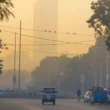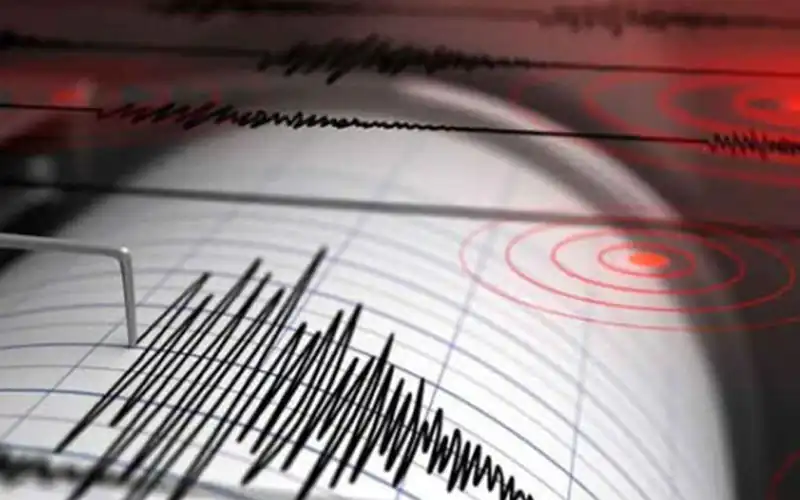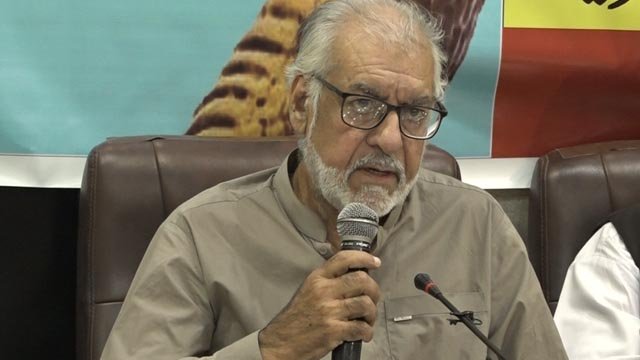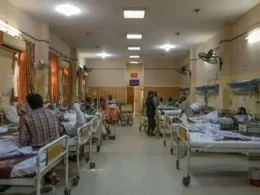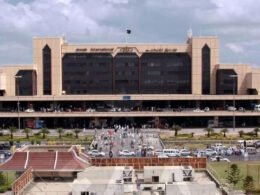Karachi has experienced a total of 18 minor earthquakes since June 1, a rare and historic occurrence according to the data shared by PMD’s Early Tsunami Warning Cell.
Officials say this pattern of repeated tremors in Karachi is unprecedented. There is no previous example in the city’s recorded history of so many quakes in such a short time.
The strongest earthquake measured 3.6 magnitude, while the weakest tremor was recorded at 2.1 magnitude, indicating relatively low-intensity seismic activity across various zones of the city.
Most of these quakes – 11 in total – were recorded in the Malir district, a vast and developing region in eastern Karachi with a mix of residential and semi-urban areas.
The remaining tremors were reported from the southwestern part of Korangi and the northeastern part of Defence Housing Authority (DHA), according to data from seismic monitoring authorities.
Despite the number of earthquakes, no damage or injuries have been reported so far. Experts continue to monitor the situation and say there is no immediate threat of a major quake.
The Early Tsunami Warning Cell is actively assessing seismic trends and has advised citizens not to panic but to stay informed through official channels for any emergency updates.
The Pakistan Meteorological Department (PMD) has explained the reason behind the frequent mild earthquakes, stating that these tremors in Karachi were caused by an active fault line in the Landhi area, said Amir Haider Leghari, head of the Pakistan Meteorological Department’s Tsunami Warning Center.
He explained that the Landhi fault line is historically known and currently active. This means it releases energy through frequent small earthquakes, with intensity gradually decreasing each time it moves.
READ: Why Karachi hit with frequent earthquakes? PMD explains
Leghari noted that Karachi lies near the junction of three major tectonic plates – Indian, Arabian, and Eurasian. These plates are in a slipping position, which typically causes less dangerous tremors.
However, the Balochistan region lies on a subduction zone where one plate slides beneath another. That zone is more dangerous and capable of generating tsunamis during strong quakes.
According to Leghari, the last major tsunami-causing earthquake near the Makran coast occurred in 1945. He assured that Karachi’s eastern delta region is less prone to destructive quakes.
“There have been no reports of casualties or building collapse in Karachi,” he said, adding that tremors might continue for one to two more days before the energy fully settles.
Leghari highlighted Landhi, Malir, and other areas of Karachi as locations with fault activity. Each has a unique seismic profile. Currently, Landhi is the epicenter of recent seismic activity.
He urged citizens to stay cautious, stating, “It’s better to be careful to avoid any inconvenience.” People should remain alert and follow safety guidelines during these minor tremors.
Why do Earthquakes Occur?
Explaining the science, Leghari said earthquakes happen when stress builds up along a fault line – a fracture in the Earth’s crust – and is eventually released in the form of seismic energy.
This release of energy causes the ground to shake, resulting in what we experience as an earthquake. The intensity of these quakes often decreases gradually as the energy dissipates.
Interestingly, the impact of an earthquake is not always felt directly above the fault line.
He gave the example of the 1995 Great Hanshin earthquake in Kobe, Japan. Although Kobe suffered massive destruction, scientists later discovered that the actual fault line was located about 250 kilometers away. This shows that energy released from a distant fault can cause shaking in areas far from its origin.
In a similar context, Karachi lies near several fault zones.
For instance, if the main fault line is located in Landhi, the energy it releases could potentially affect any part of Karachi, not just Landhi itself.




